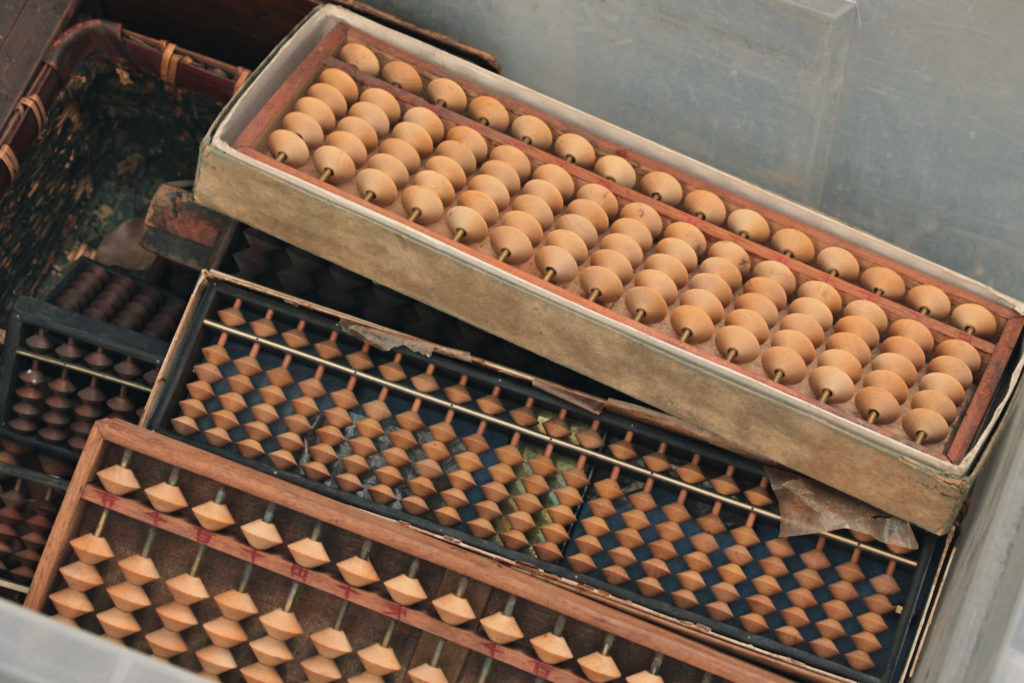
Soroban is Japanese abacus which has been used for centuries for calculation. Even in this computer age, this ancient and hands-on calculator is in a great demand. Let’s take a look at the history and dig into why this tool is still popular.
Brief History of Soroban
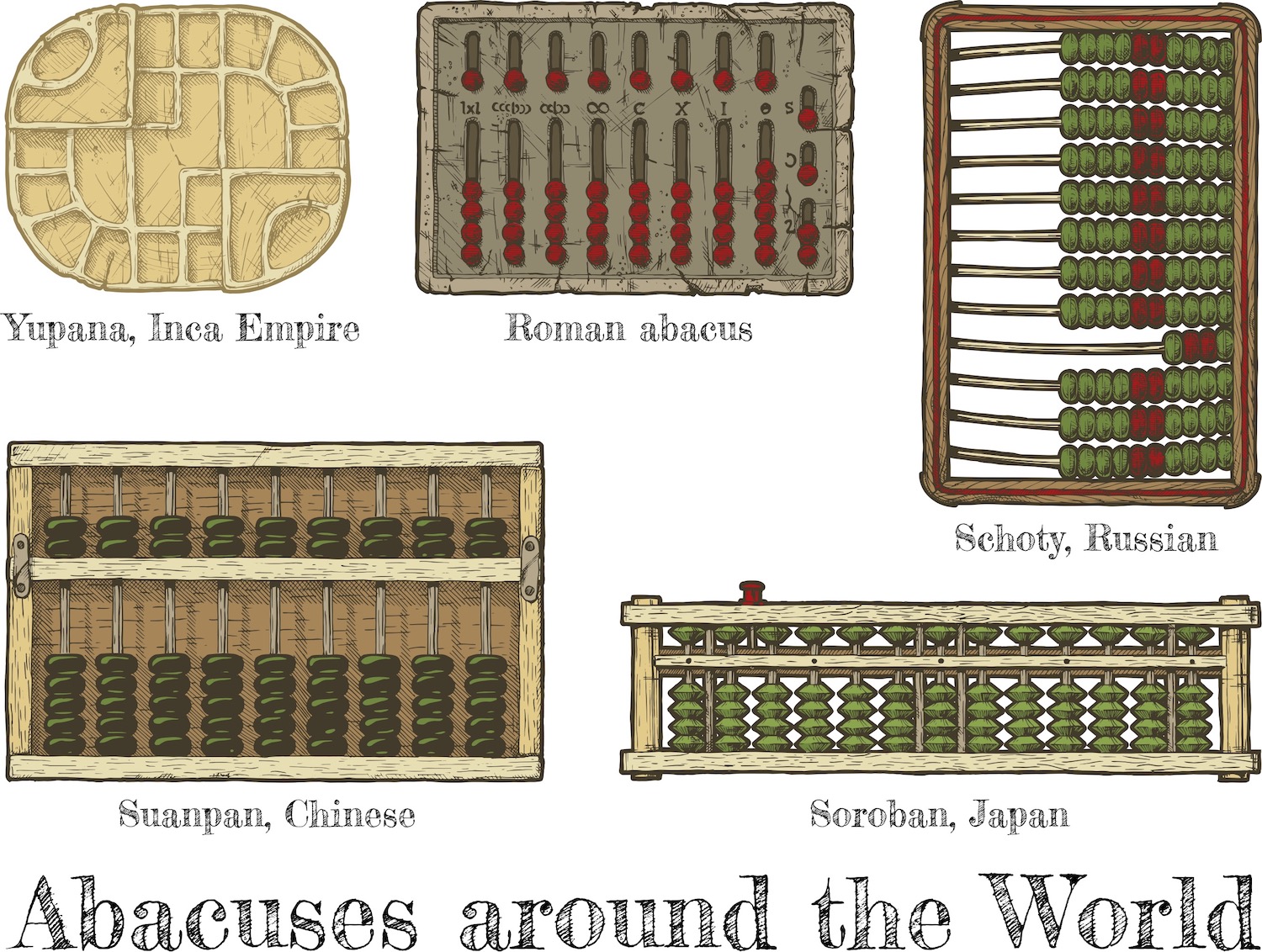
The roots of Soroban can date back to Abacus in ancient Greece.
It was a simple system to calculate; fill the shallow box with the sand, draw some lines in that sand, and putting pebbles at the top of these lines. Ancient Greek put this box on the table and they called it Abacus.
It became portable in Rome; it’s considered it was introduced into China and it became the prototype of Soroban we see today.
In the Heian period (794-1185), people used to exchange goods without using money. Only among the court nobles, we can see a sign of calculation as a part of a game as they were learning one’s multiplication table up to 10’s.
In the 1570s, Suanpan, the Chinese calculation tablet introduced in Japan. The education of calculation began with it.
Actually, the first users who started using Japanese Abacus are Samurai class. Why?
Because war needs calculation. The distribution of soldiers, getting supplies, buying arms required the calculation. Without precise calculation ability, you couldn’t win the war.
Bushido Virtues: Samurai Code of Conduct
In the Edo period (1603-1868), it was widely used by merchants and Samurai class as well due to the development of merchandise and the prosperity of Terakoya schools where reading, writing, and arithmetic were taught to children.
Seki Takakazu (also known as Kowa), a notable mathematician who often ranks with Newton, left a great step in calculus in this era.
On and after the Meiji period (1868-1912), the users declined in numbers due to the government policy change.
However, adopted Arabic numbers and improvement of its shape, it revived.
In the modern days, Japanese Abacus once again lost its popularity and once again revived for its benefit of boosting brain function.
Soroban Tutorial
These videos are very basic tutorials for learning a soroban. Once you understand how it works on calculating, you can do it on your mind without the actual product.
Cool Design
Tomoe Soroban offers varieties of them, including best-selling and the one with 27 digits. Their world’s best-selling abacus for children would be a great tool for kids to begin learning numbers and calculation.
![Standard Soroban (Abacus) / 27 digits [47300]](http://ir-na.amazon-adsystem.com/e/ir?t=johnnytimes-20&l=am2&o=1&a=B0060RWOW4)

![Standard Soroban (Abacus) / 27 digits [47300] by Tomoe](http://ws-na.amazon-adsystem.com/widgets/q?_encoding=UTF8&MarketPlace=US&ASIN=B0060RWOW4&ServiceVersion=20070822&ID=AsinImage&WS=1&Format=_SL250_&tag=johnnytimes-20)

![Standard Soroban (Abacus) / 23 digits [43300] by Tomoe](http://ws-na.amazon-adsystem.com/widgets/q?_encoding=UTF8&MarketPlace=US&ASIN=B001MTHZ88&ServiceVersion=20070822&ID=AsinImage&WS=1&Format=_SL250_&tag=johnnytimes-20)

This cool Soroban would make a nice gift for anybody who likes mathematics or antique stuff. With painted wood frame, the abacus is durable and colorfast. Brown and Black painted plastic beads make it sophisticated and full of collection value.



Soroban Math
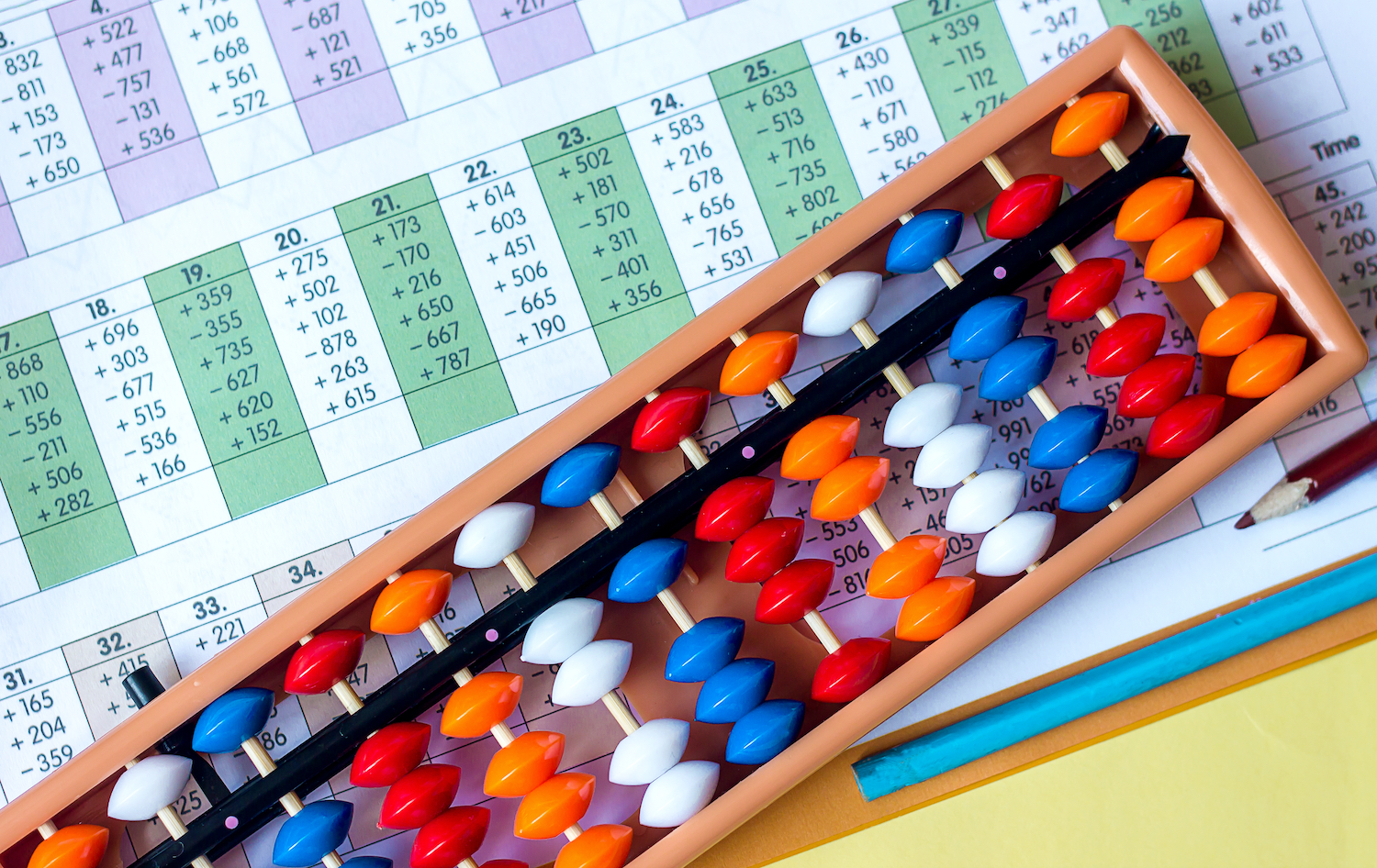
As we have seen on tutorials, each lower bead worth 1 and the upper worth 5. Learn it by using your hand may speed up the learning process and even more firm.
Calculating on an abacus approach has proven benefits to enhance the development of human brain power.
The mental abacus method has a clear advantage to keep the mind vibrant, this is not only for children but for adults, too.
When you get tired of learning about it, take a break and you can shake it as you wish.
It’s not just nice to have it in your room as a decoration, but shaking it would raise the vibration in the room!
References
そろばんの歴史 (www.shuzan.jp)
そろばんのルーツは世界各地にあった?~ギリシャ・ローマ・中国 (www.siruzou.jp)
Ancient Computers (ETHW)


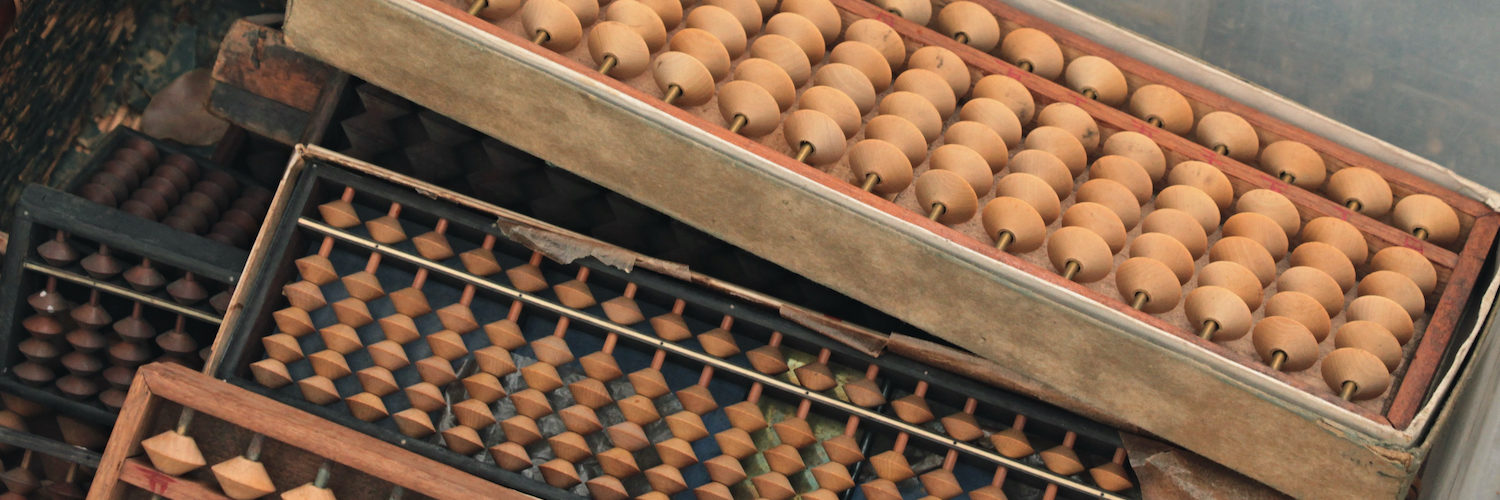
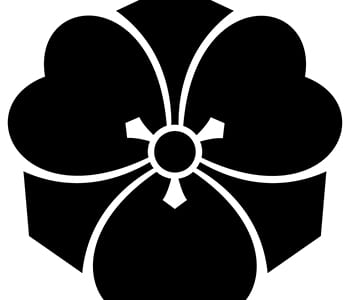
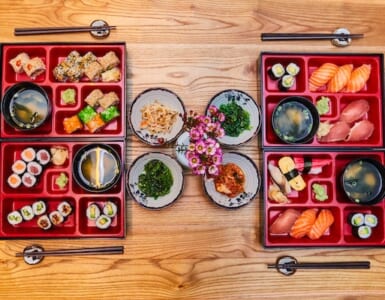
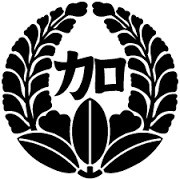


Add comment